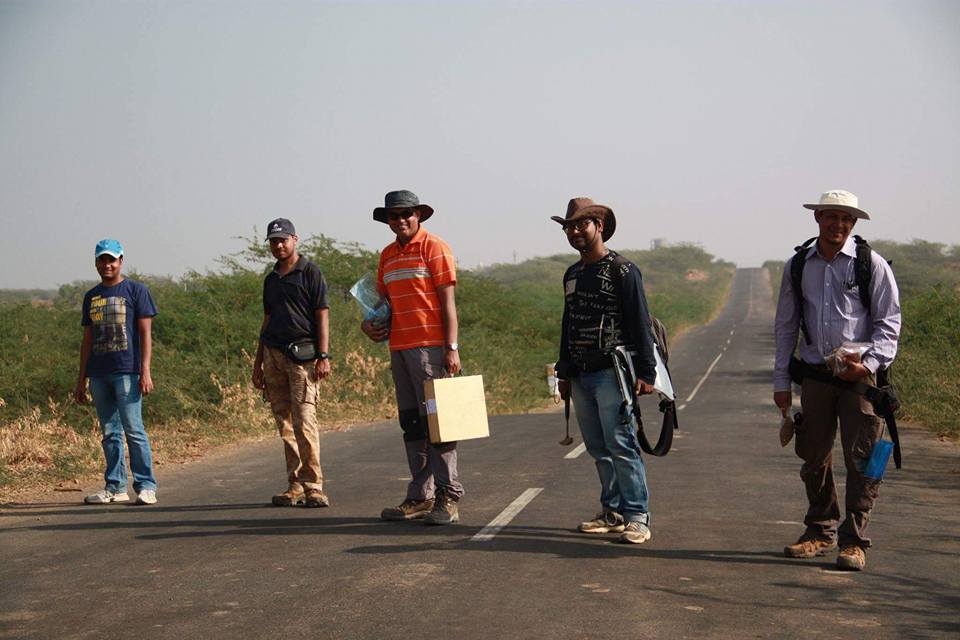Research
Experiment-Model-Field:
The 3 Pillar System
Insufficient understanding of chemical processes on planetary (sub)surfaces due to limited information at relevant geochemical conditions, much of the current planetary science relies on observation and modeling. To address this, experimentation is needed to quantify geochemical constants and verify hypotheses.
- Research approach integrates Experiment, Model, and Field work, each influencing the other.
- Laboratory experiments replicate planetary (sub)surface conditions to determine thermodynamic and kinetic parameters.
- Specific planetary materials are synthesized for experiments and analyzed using chemical, isotopic, and material analysis techniques.
- Geochemical and mathematical models simulate planetary surface processes when experimentation is insufficient.
- Field investigations test model results and explore terrestrial planetary analog sites.
- Discoveries from planetary missions drive the research.
- The Laboratory for Experimental and Aqueous Planetology (LEAP) focuses on experimental geochemistry of aqueous planetary system.

Research Thrusts
Four themes of proposed future research:
i) aqueous geochemistry
ii) organic geochemistry
iii) electro-geochemistry
iv) instrument development
fdsfrgathr
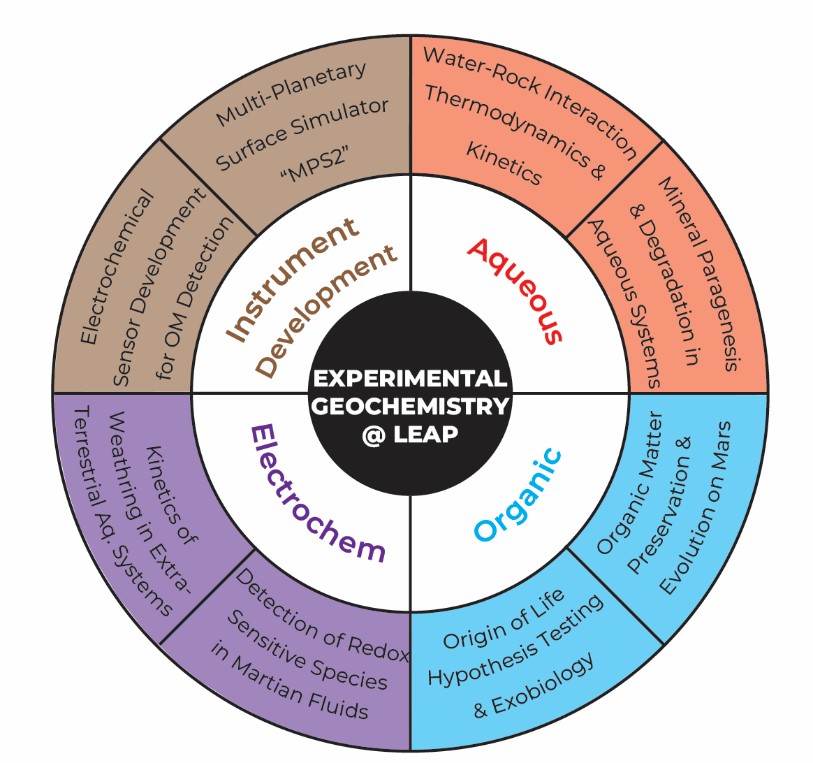
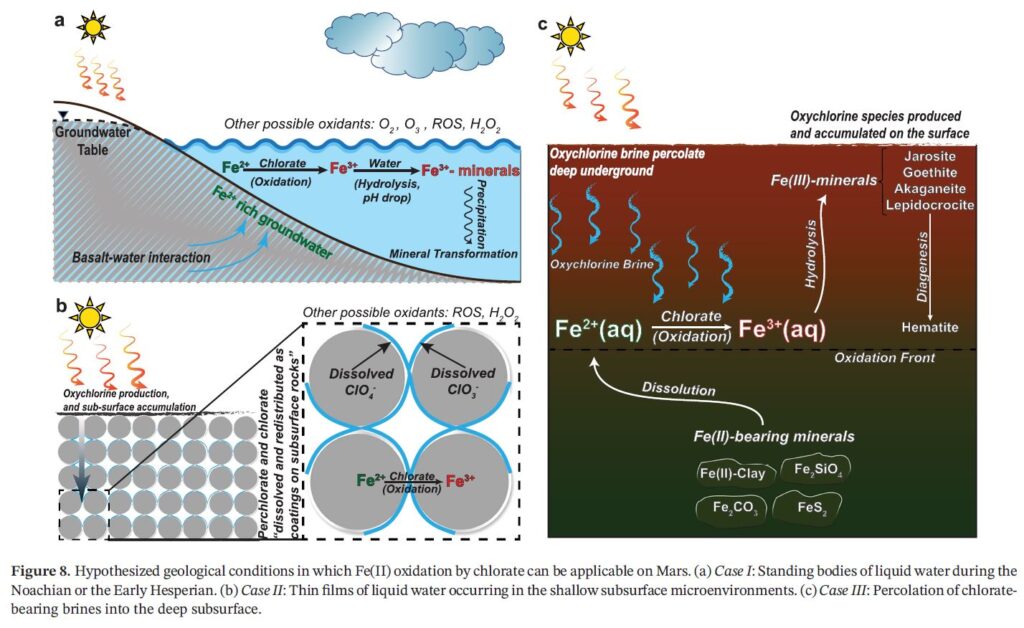
Aqueous Geochemistry
Investigating (Sub)surface Weathering on Mars: Chemical and Isotopic Analysis using Laboratory Experiments
Using oxyhalogen and reactive oxygen species in Mars-relevant conditions, laboratory experiments will determine how secondary minerals like sulfates, Fe oxides, and clay minerals form from primary minerals like siderite, forsteritic and fayalitic olivine, ferrosilite, trioctahedral smectite, and Icelandic basalt.
Geochemical modeling uses thermodynamic and kinetic data to simulate weathering and predict alteration products based on factors like temperature, pressure, pH, and water-to-rock ratio. I will use The Geochemist’s Workbench to study the formation of Na-borate minerals in the Puga Hot Spring deposits in Laddakh, India, which serve as Mars analogs for hydrothermal boron concentration. Additionally, an experimental study on enhancing peridotite weathering and ‘orange’ hydrogen production is being prepared for a DOE ARPA-e proposal.
Investigating (Enhanced) Weathering on Earth
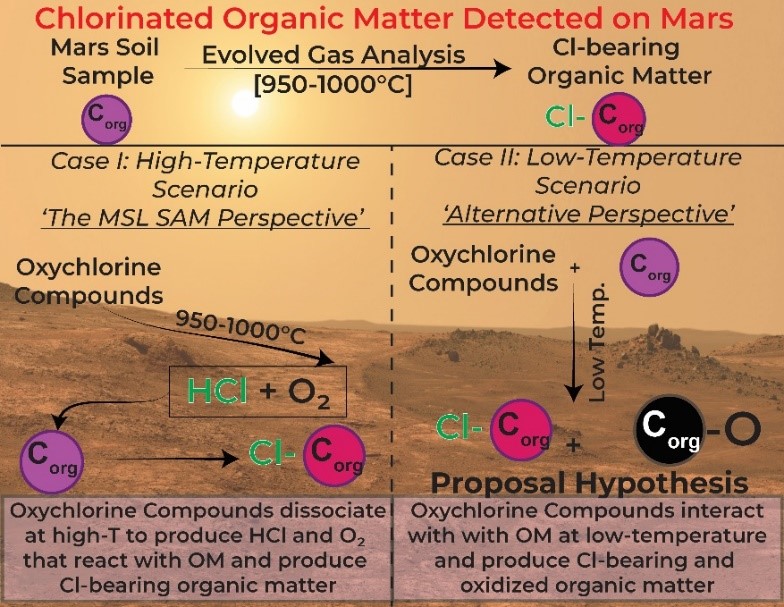
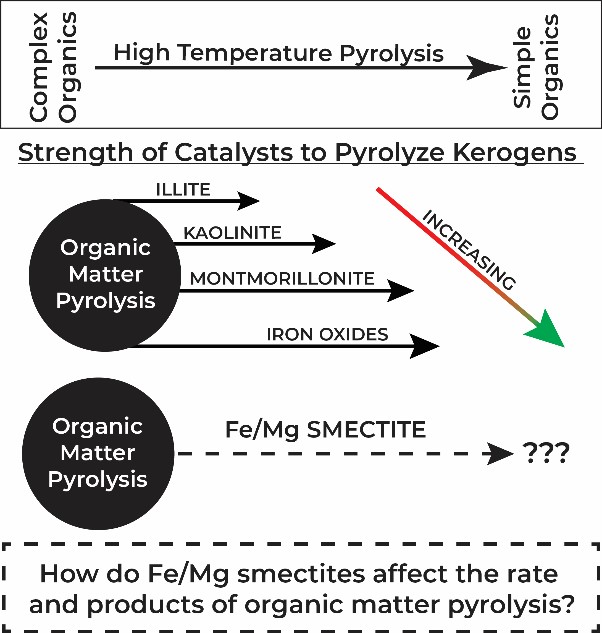
Organic Geochemistry
Organic Matter Degradation by Oxyhalogen Species on the Martian Surface
a laboratory-based experimental study to investigate the degradation of organic matter by oxyhalogen species under Mars-like conditions
a laboratory-based investigation to assess the role of different classes iron-rich clay minerals (both 1:1 and 2:1) on kerogen decomposition during pyrolysis experiments by the Sample Analysis at Mars (SAM) instrument on Curiosity rover [American Chemical Society Petroleum Research Fund].
Laboratory Investigation into the Effects of Iron-Rich Clay Minerals During Kerogen Maturation
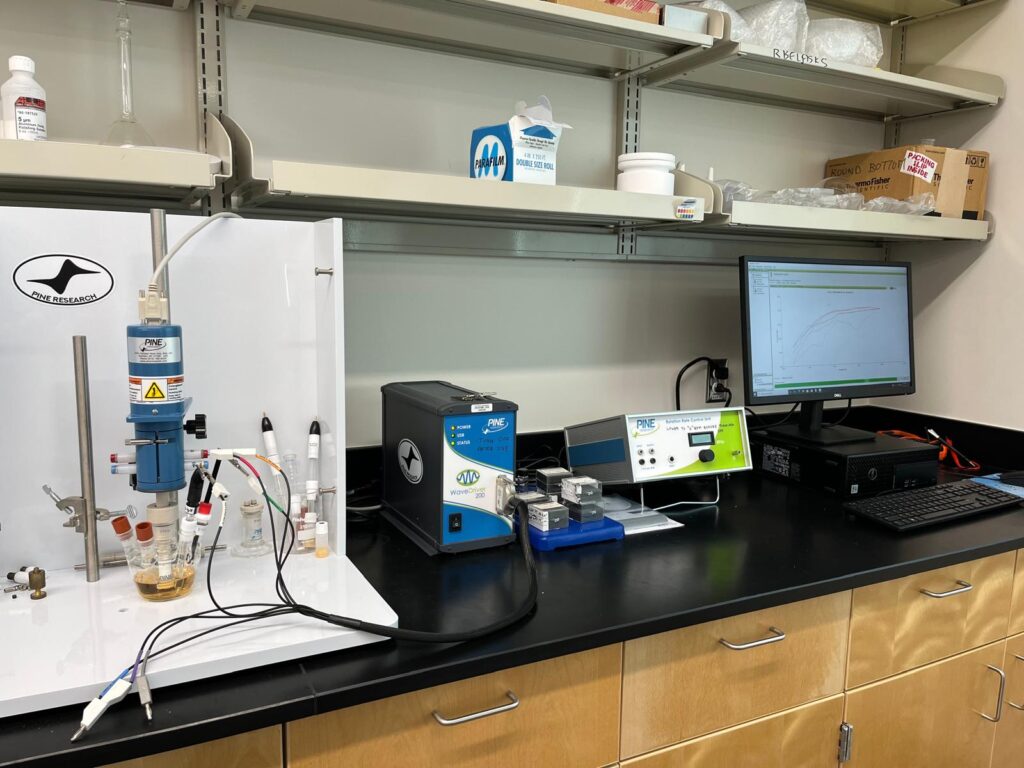
Electro-Geochemistry
Determine Dissolution and Oxidation Rate Kinetics of Redox Sensitive Minerals
quantification of the rate of dissolution of ferrous minerals (e.g., carbonate, sulfide) in different Mars-relevant fluids
This detection will be done via linear sweep and cyclic voltammetry.
While no intermediate oxyhalogen species have been detected on Mars, they are expected to form during chlorate reduction to chloride by dissolved iron
Oxychlorine intermediates generated during redox processes involving ferrous mineral weathering in both Earth- and Mars-relevant fluids will be detected

Instrument Development
The design of The Multi-Planet Surface Simulator (MPS2), for the continuous monitoring of chemical processes on Planetary (Sub)Surface
A specialized device designed to simulate the surface conditions of various planetary bodies by adjusting parameters like temperature, pressure, gas composition, relative humidity, and radiation enabling real-time investigation of physical and chemical processes by continuously monitoring geochemical indicators (such as pH, ion concentrations, and mineral formation) and spectroscopic parameters. Its unique aliquot extraction system allows for ongoing, uninterrupted analysis of reactions, capturing changes in reactants and products over time, which is essential for understanding planetary surface chemistry.
- conduct experiments to determine thermodynamic and kinetic parameters at the P-T-X-RH-Rad conditions that are relevant to the planetary body of choice
- conduct experiments to test various geochemical hypotheses that have been proposed for the surface of Mars, early Earth, and airless bodies.
Fig: CAD model of MPS2
Cyclic Voltmeter & Detector setup
Fig: A schematic to demonstrate the strength of different minerals to degrade complex to simple organic molecules during pyrolysis. The effect of Fe/Mg smectite on kerogen pyrolysis is unknown
Fig.: Schematic to demonstrate the original high-T hypothesis (Curiosity) and alternate low-T hypothesis (this proposal) to produce Cl-bearing organics on Mars. Proposal submitted to NASA Exobiology.
Four themes of proposed future research: (i) aqueous geochemistry, (ii) organic geochemistry, (iii) ‘electro-geochemistry’, (iv) instrument development.
The three types of techniques employed my research: (i) laboratory experimentation, (ii) geochemical modeling, and (iii) field investigations to study planetary analogue sites.
The broad scientific objective of MPS2
“Imagination is more important than knowledge. For knowledge is limited to all we now know and understand, while imagination embraces the entire world, and all there ever will be to know and understand.”

Albert Einstein
The best gift for a geologist is a field trip. We were at The Rann of Kutchh, Gujarat, exploring Martian analog sites.
